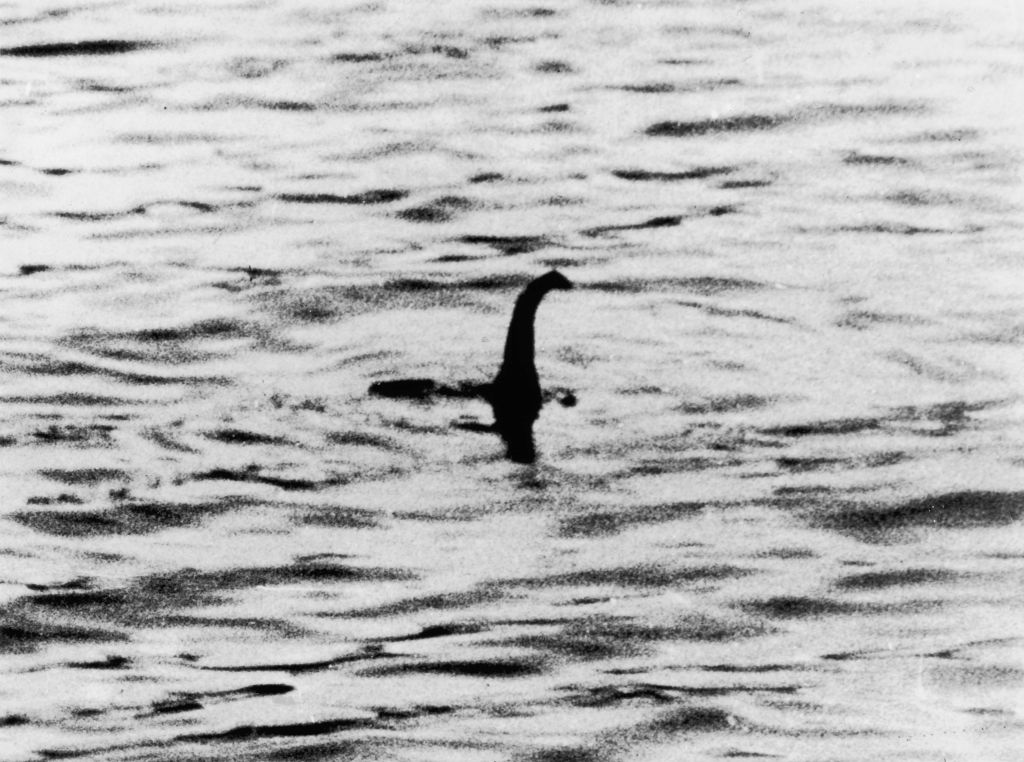Archaeologists discover possible ruins of ancient Sodom in the Holy Land

The long-lost Biblical city of Sodom — a city that the Bible claims was destroyed by God because of its immorality — may finally have been found. Archaeologists have uncovered a slew of monumental structures and artifacts in a Jordan Valley mound known as Tall el-Hammam offering evidence of a city-state that is believed to have thrived during the Bronze Age when other Holy Land cities were being abandoned or were in decline.
Based on the location, dates of occupation, and the remains of other ancient cities nearby, archaeologists think it's the best candidate yet for what was once Sodom. "Tall el-Hammam seemed to match every Sodom criterion demanded by the text," Steven Collins, head of the archaeology team, said. In accordance with texts that say Sodom was the largest, the site at Tall el-Hammam is "at least five to 10 times larger than all the other Bronze Age sites in the entire region," Collins said.
The city is believed to have prospered during the Early and Middle Bronze Ages (between 3500 and 1540 B.C.), Popular Archaeology says, and is strategically located along water sources and trade routes, suggesting that it was a central hub during its time. The city-state is flanked by walls and fortifications that archaeologists say would have required "millions of bricks" and "large numbers of laborers" to build.
The Week
Escape your echo chamber. Get the facts behind the news, plus analysis from multiple perspectives.

Sign up for The Week's Free Newsletters
From our morning news briefing to a weekly Good News Newsletter, get the best of The Week delivered directly to your inbox.
From our morning news briefing to a weekly Good News Newsletter, get the best of The Week delivered directly to your inbox.
Excavated evidence suggests that the city came to a "sudden, inexplicable end" at the end of the Middle Bronze Age, Popular Archaeology says. For the last 700 years, the area has been largely uninhabited by humans.
A free daily email with the biggest news stories of the day – and the best features from TheWeek.com
-
 5 editorial cartoons about ICE killing Renee Nicole Good
5 editorial cartoons about ICE killing Renee Nicole GoodCartoons Artists take on ICE training, the Good, bad, ugly, and more
-
 Political cartoons for January 10
Political cartoons for January 10Cartoons Saturday’s political cartoons include a warning shot, a shakedown, and more
-
 Courgette and leek ijeh (Arabic frittata) recipe
Courgette and leek ijeh (Arabic frittata) recipeThe Week Recommends Soft leeks, tender courgette, and fragrant spices make a crisp frittata
-
 Nobody seems surprised Wagner's Prigozhin died under suspicious circumstances
Nobody seems surprised Wagner's Prigozhin died under suspicious circumstancesSpeed Read
-
 Western mountain climbers allegedly left Pakistani porter to die on K2
Western mountain climbers allegedly left Pakistani porter to die on K2Speed Read
-
 'Circular saw blades' divide controversial Rio Grande buoys installed by Texas governor
'Circular saw blades' divide controversial Rio Grande buoys installed by Texas governorSpeed Read
-
 Los Angeles city workers stage 1-day walkout over labor conditions
Los Angeles city workers stage 1-day walkout over labor conditionsSpeed Read
-
 Mega Millions jackpot climbs to an estimated $1.55 billion
Mega Millions jackpot climbs to an estimated $1.55 billionSpeed Read
-
 Bangladesh dealing with worst dengue fever outbreak on record
Bangladesh dealing with worst dengue fever outbreak on recordSpeed Read
-
 Glacial outburst flooding in Juneau destroys homes
Glacial outburst flooding in Juneau destroys homesSpeed Read
-
 Scotland seeking 'monster hunters' to search for fabled Loch Ness creature
Scotland seeking 'monster hunters' to search for fabled Loch Ness creatureSpeed Read